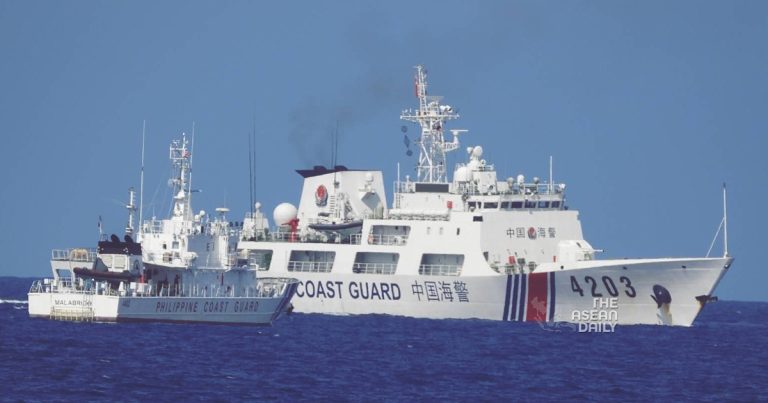3-11-2023 (BEIJING) Chinese and Southeast Asian diplomats have committed to finalizing a nonaggression pact for the South China Sea within three years. The pledge was made during a meeting held in Beijing last week, where concerns were raised over recent confrontations in the disputed waters.
Tensions have been mounting in the South China Sea, with the Philippines registering protests against what it perceives as increasingly dangerous and provocative actions by China’s coast guard and navy ships. On October 22nd, two Chinese ships obstructed and collided with two Philippine vessels near the disputed Second Thomas Shoal in the South China Sea.
In response to the collisions, the United States reiterated its commitment to defending the Philippines, a long-standing treaty ally, in case of an armed attack in the contested waters. The Philippine government summoned a Chinese diplomat in Manila to deliver a strongly worded protest.
Diplomats from the Association of Southeast Asian Nations (ASEAN) expressed their concerns about the recent confrontations during three days of talks hosted by Beijing. Chinese and Philippine officials presented differing accounts of the encounters at sea and shared video footage of the standoffs during what was described as a “tense exchange.”
The Beijing talks represent the latest round of negotiations between China and ASEAN to establish a “code of conduct” aimed at preventing a larger armed conflict in the South China Sea, which could potentially involve the United States.
During a meeting in July between ASEAN foreign ministers and their Chinese counterpart in Jakarta, Indonesia, it was stated that the talks, which have faced delays and extended over several years, could be concluded within three years.
China, along with four ASEAN member states (Brunei, Malaysia, the Philippines, and Vietnam), as well as self-governing Taiwan, have been involved in a long-standing territorial dispute in the contested waters. The area is a crucial maritime route for global trade and is believed to contain significant undersea oil and gas reserves.
The contested territory has long been a source of concern as a potential flashpoint in Asia and has become a sensitive arena in the rivalry between the United States and China in the region.
Recently, the U.S. Indo-Pacific Command reported a close encounter between a Chinese fighter jet and an American B-52 bomber over the South China Sea, putting both aircraft at risk of collision. While the United States does not assert territorial claims in the South China Sea, it emphasizes the importance of freedom of navigation and overflight, as well as the peaceful resolution of disputes, in its national interest. The U.S. has challenged China’s expansive territorial claims in the region, leading to stern warnings from Beijing for the U.S. to refrain from interfering in what it considers a purely Asian dispute.




